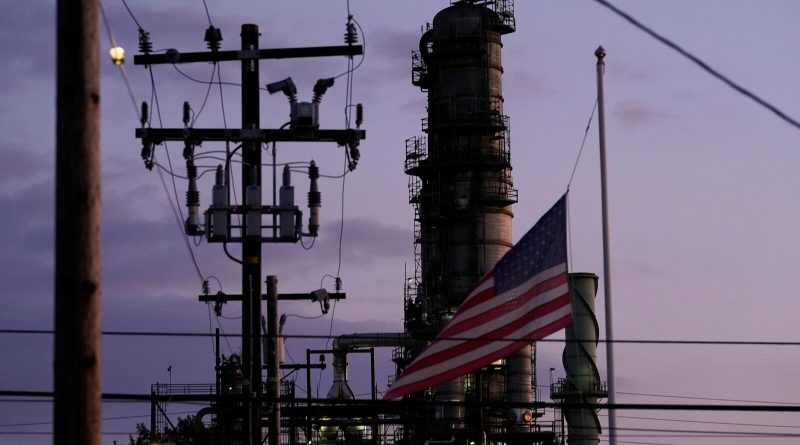Wholesale inflation in the US slowed down in July indicating that price pressures are still gradually decreasing.
WASHINGTON — Wholesale price increases in the United States eased in July, indicating that inflation pressures are diminishing as the Federal Reserve moves closer to reducing interest rates, expected to commence next month.
The Labor Department stated Tuesday that its producer price index — which monitors inflation before it impacts consumers — increased by 0.1% from June to July. This was a decrease from the 0.2% rise the previous month. In comparison to a year earlier, prices rose by 2.2% in July. This marked the smallest increase since March and a decline from the 2.7% year-over-year surge in June.
The wholesale figures for July demonstrate a widespread and consistent deceleration in price hikes, which peaked at a four-decade high in mid-2022 but are now approaching the Fed’s 2% inflation target. On Wednesday, the Labor Department will unveil the widely recognized inflation measure, the consumer price index.
The report from Tuesday revealed that prices in the country’s extensive service sector dropped by 0.2% last month, marking the largest decline since March 2023. Prices of goods increased by 0.6%, primarily driven by a 2.8% surge in gasoline prices from June to July.
Excluding food and energy prices, which have a tendency to fluctuate significantly from month to month, the so-called core wholesale prices remained unchanged from June and rose by 2.4% from July 2023. These increases were less significant than what forecasters had predicted.
The producer price index can serve as an early indicator of the direction consumer inflation might be heading. Economists monitor it closely because some of its elements, such as healthcare and financial services, contribute to the Fed’s preferred inflation measure — the personal consumption expenditures, or PCE, index.
Paul Ashworth, principal North America economist at Capital Economics, mentioned that the prices feeding into PCE were overall “very promising.” He highlighted modest increases in wholesale prices at medical offices and hospitals. Consequently, Ashworth revised his projection for core PCE inflation in July from 1.8% to 1.4%.
Analysts have estimated that the CPI report on Wednesday will reveal a 0.2% increase in consumer prices from June to July, following a 0.1% decrease the previous month, and a 3% rise from July 2023, according to a survey conducted by the data company FactSet.
As Americans gear up to vote in the upcoming presidential election in November, many still express dissatisfaction with consumer prices, which are nearly 19% higher than they were before the surge in inflation that began in the spring of 2021. Some individuals attribute this to President Joe Biden, although it remains uncertain whether Vice President Kamala Harris, as she pursues the presidency, will be held accountable.
In the battle against high inflation, the Fed raised its key interest rate 11 times between 2022 and 2023, bringing it to a 23-year peak. After reaching 9.1% in June 2022, year-over-year consumer price inflation has decreased to 3%.
The U.S. employment report for July, which fell short of expectations, reinforced the widespread belief that the Fed’s policymakers will initiate rate cuts during their mid-September meeting to bolster the economy. The report indicated that the unemployment rate rose for the fourth consecutive month to 4.3%, a level that is still considered healthy based on historical standards but is the highest it has been since October 2021.
Over time, a series of rate reductions by the Fed is likely to result in decreased borrowing costs across the economy — for mortgages, car loans, credit cards, as well as business loans, and could potentially elevate stock prices.
.

